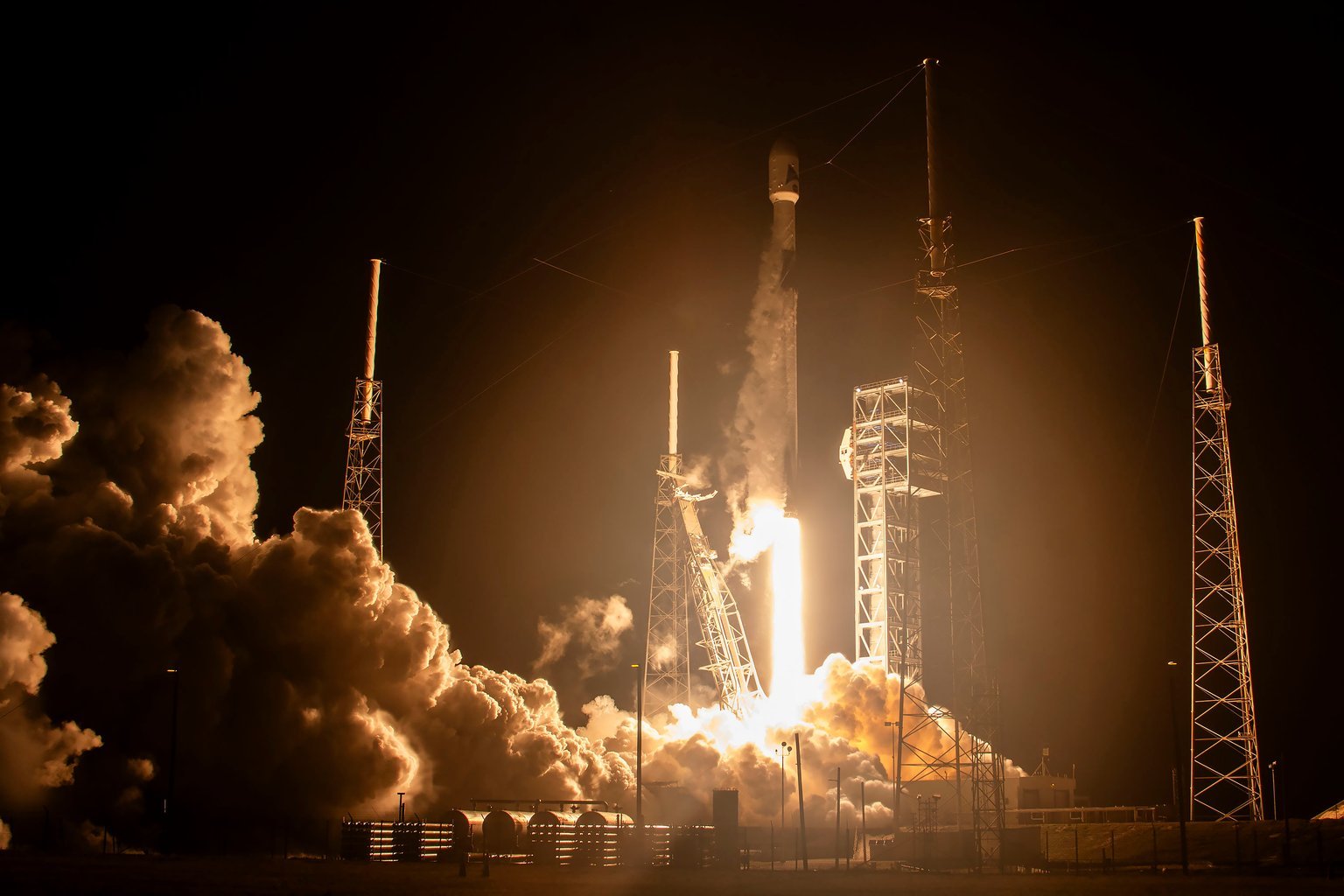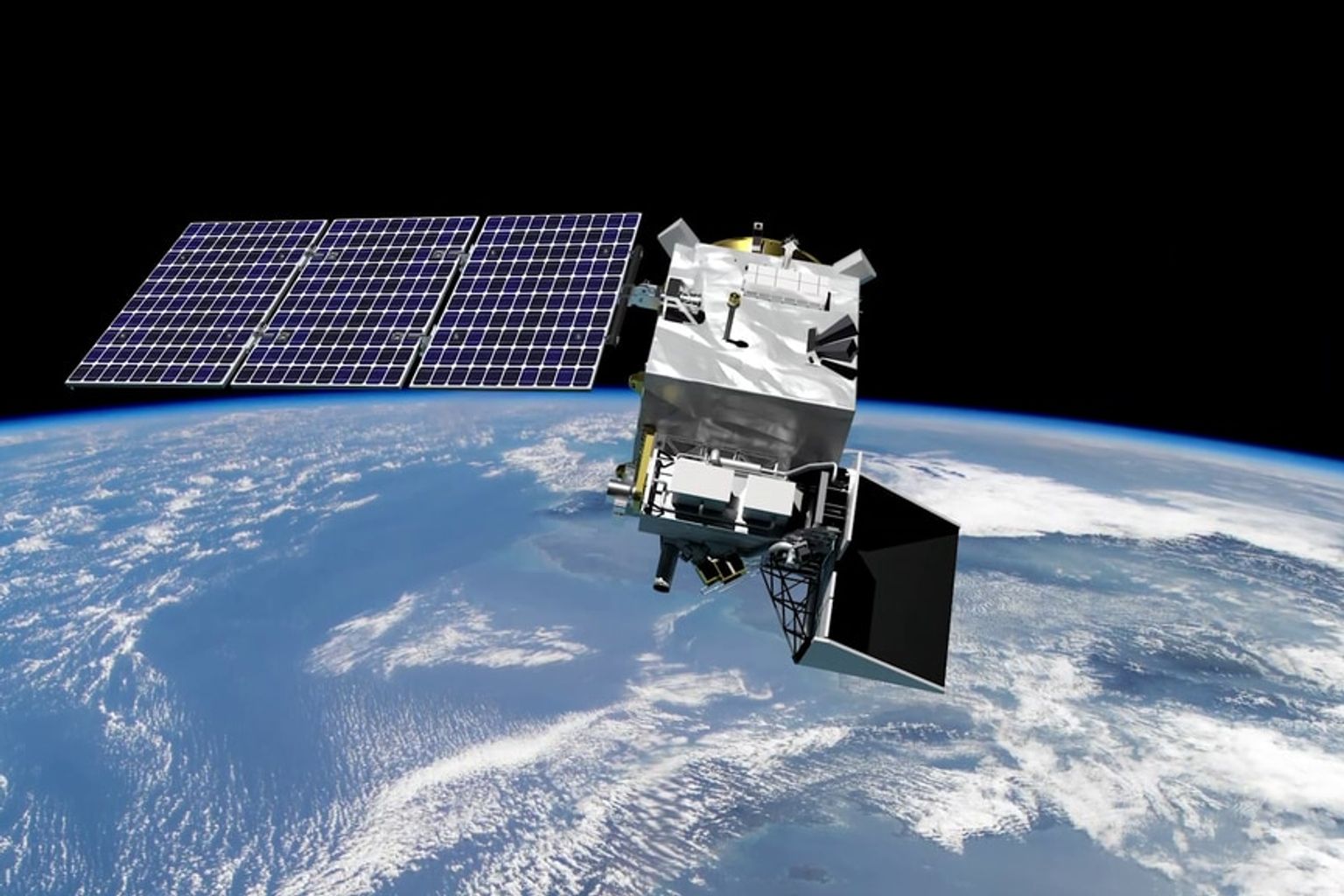More than 50 of the world’s leading ocean scientists have gathered in Hobart to explore new ways of using NASA satellite technology to understand how climate change is reshaping the Southern Ocean.
The Southern Ocean Bio-optics Workshop, hosted by the University of Tasmania’s Institute for Marine and Antarctic Studies, is focused on harnessing data from NASA’s PACE satellite to study the vast, remote waters surrounding Antarctica.
Launched in 2024, PACE – short for Plankton, Aerosol, Cloud, Ecosystem – carries an advanced ocean colour sensor that can detect green pigments such as chlorophyll.
These signals reveal the makeup of phytoplankton communities, the microscopic plants that form the base of the Southern Ocean food web and play a crucial role in absorbing atmospheric carbon dioxide.

“For the first time, experts in bio-optics, who use light to study biological information, are getting together with photo-physiologists who study how organisms use light energy,” phytoplankton ecologist Dr Robert Strzepek said.
The Southern Ocean’s extreme conditions – from its dramatic seasonal light swings to its icy temperatures – have given rise to unique phytoplankton communities that may behave very differently from those elsewhere.

“We think the Southern Ocean may be different from other ocean basins because it has fundamentally different phytoplankton communities with unique strategies for using light,” Strzepek said.
“PACE offers us a once-in-a-generation opportunity to better understand how phytoplankton will respond to climate change and what this means for nutrient and carbon cycling in the Southern Ocean.”
Scientists from NASA’s PACE mission team are attending alongside researchers from CSIRO, the Australian Antarctic Division, and institutions across the United States, Japan, Europe, New Zealand and South Africa.






